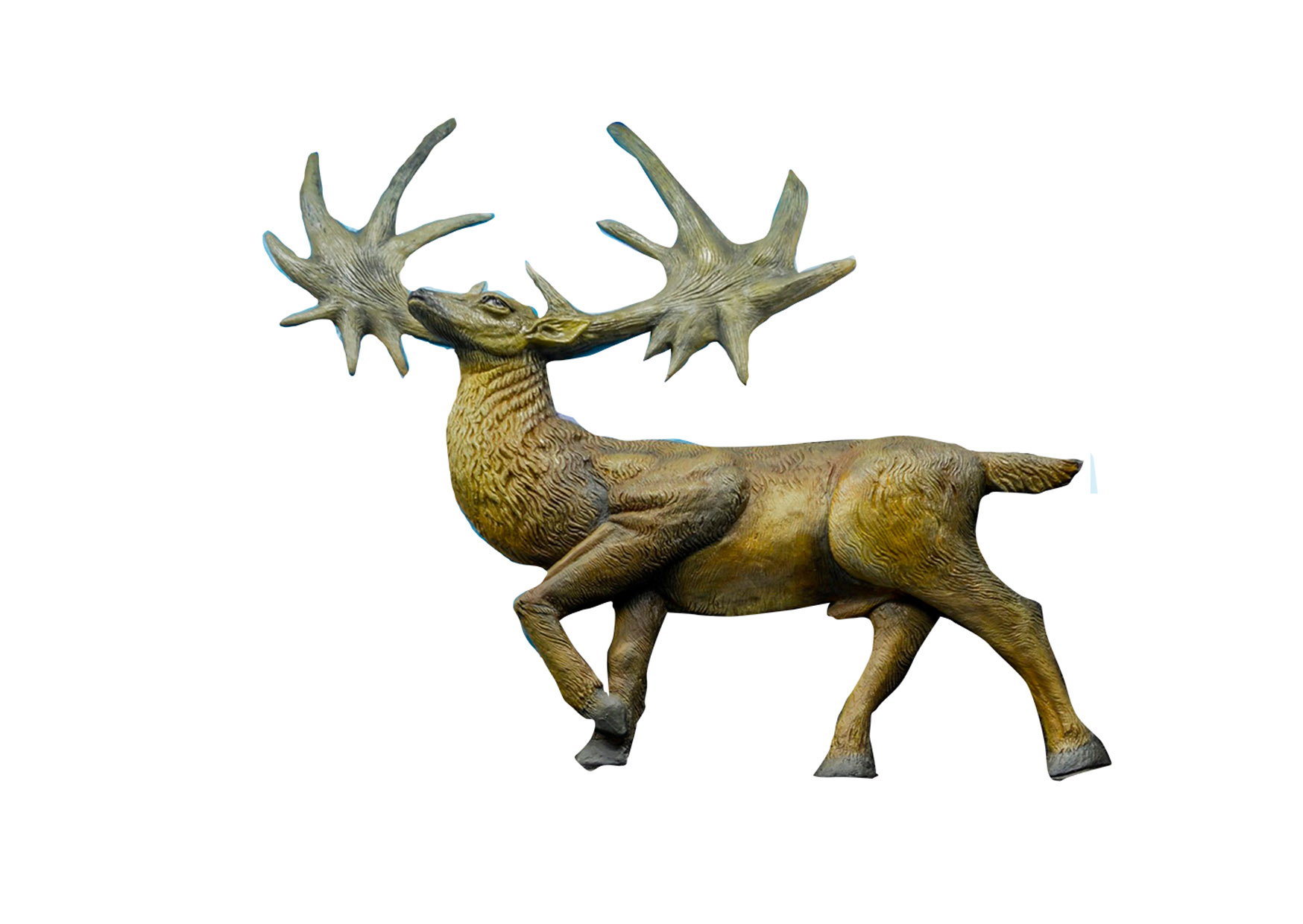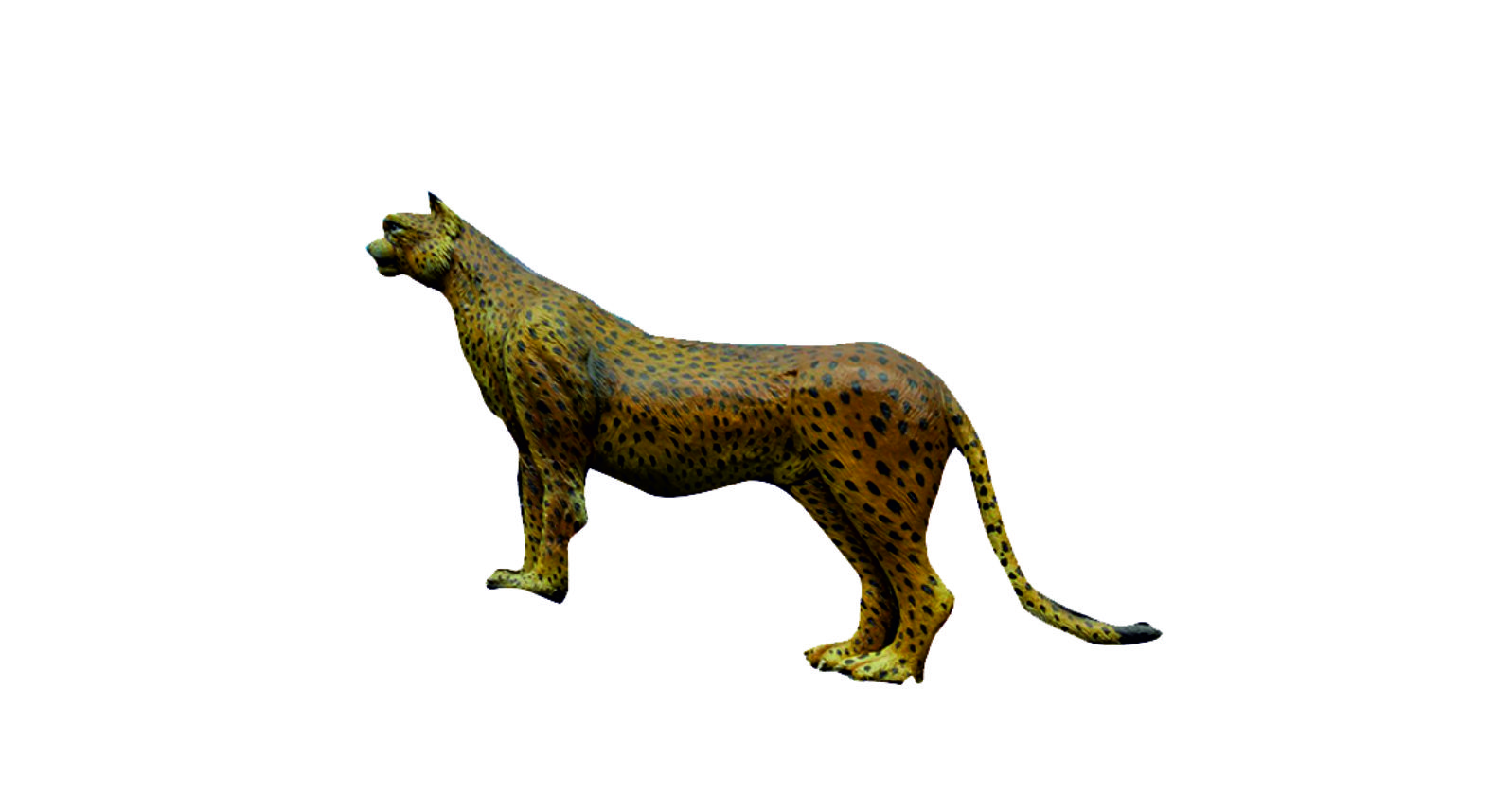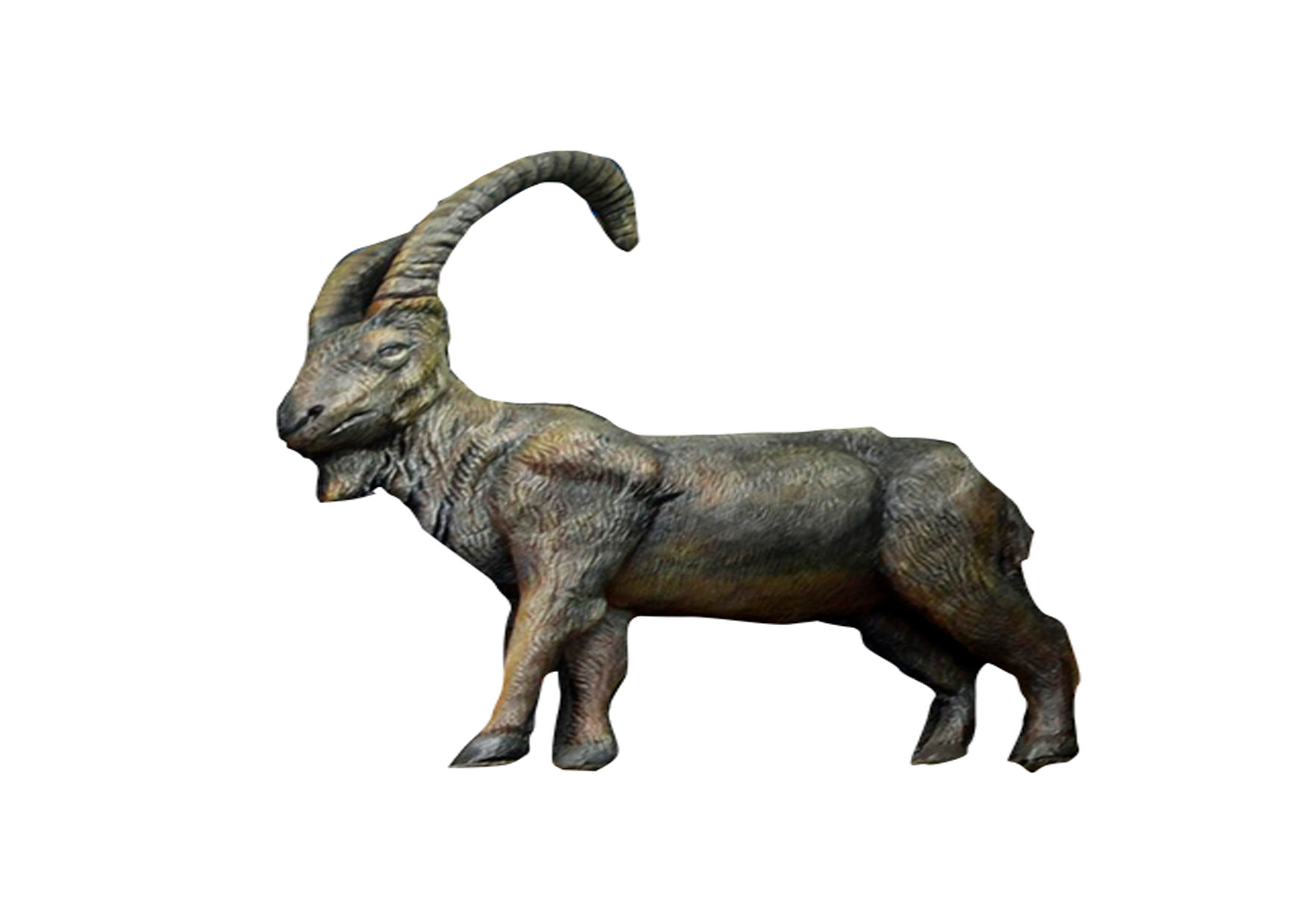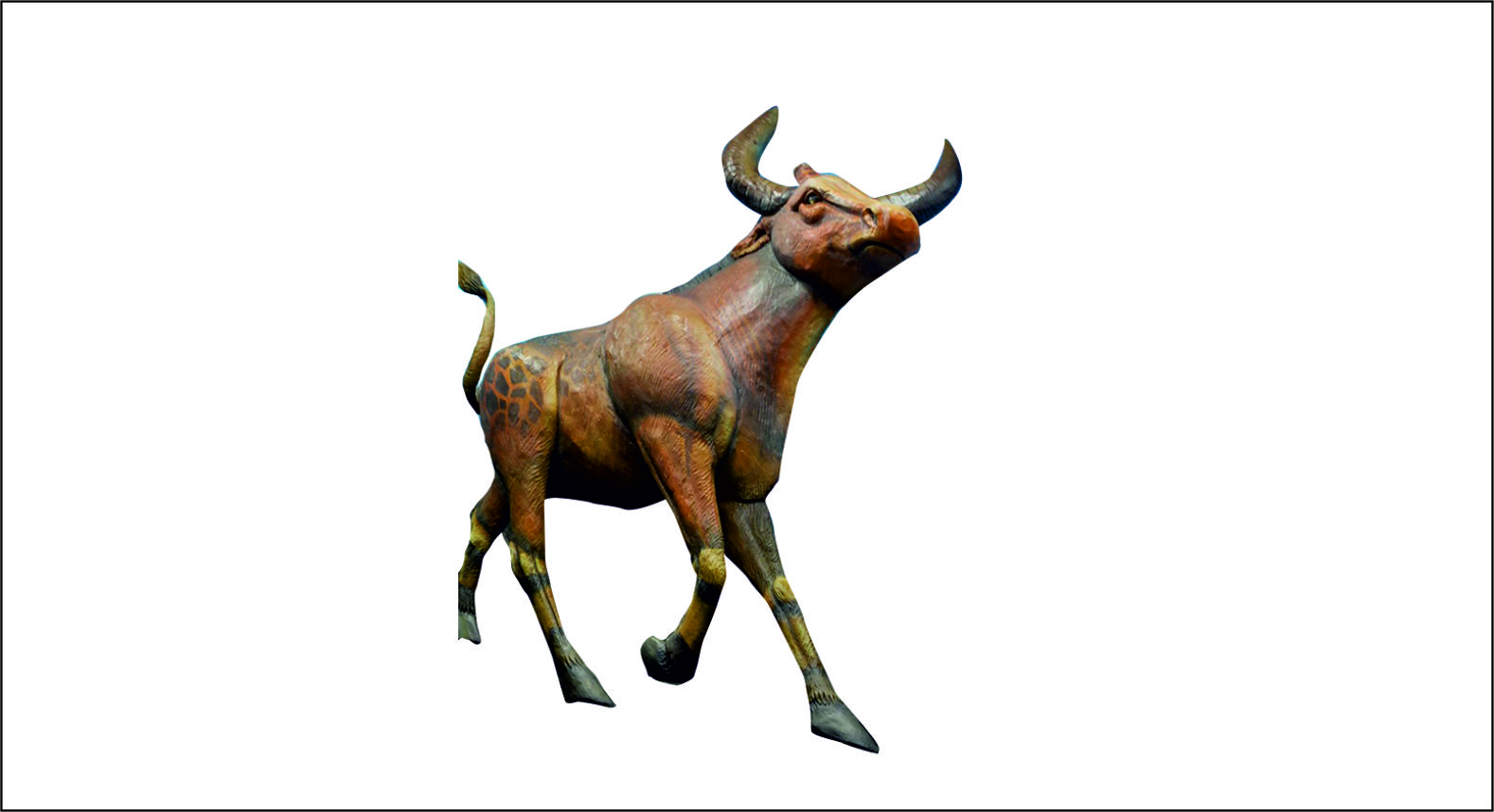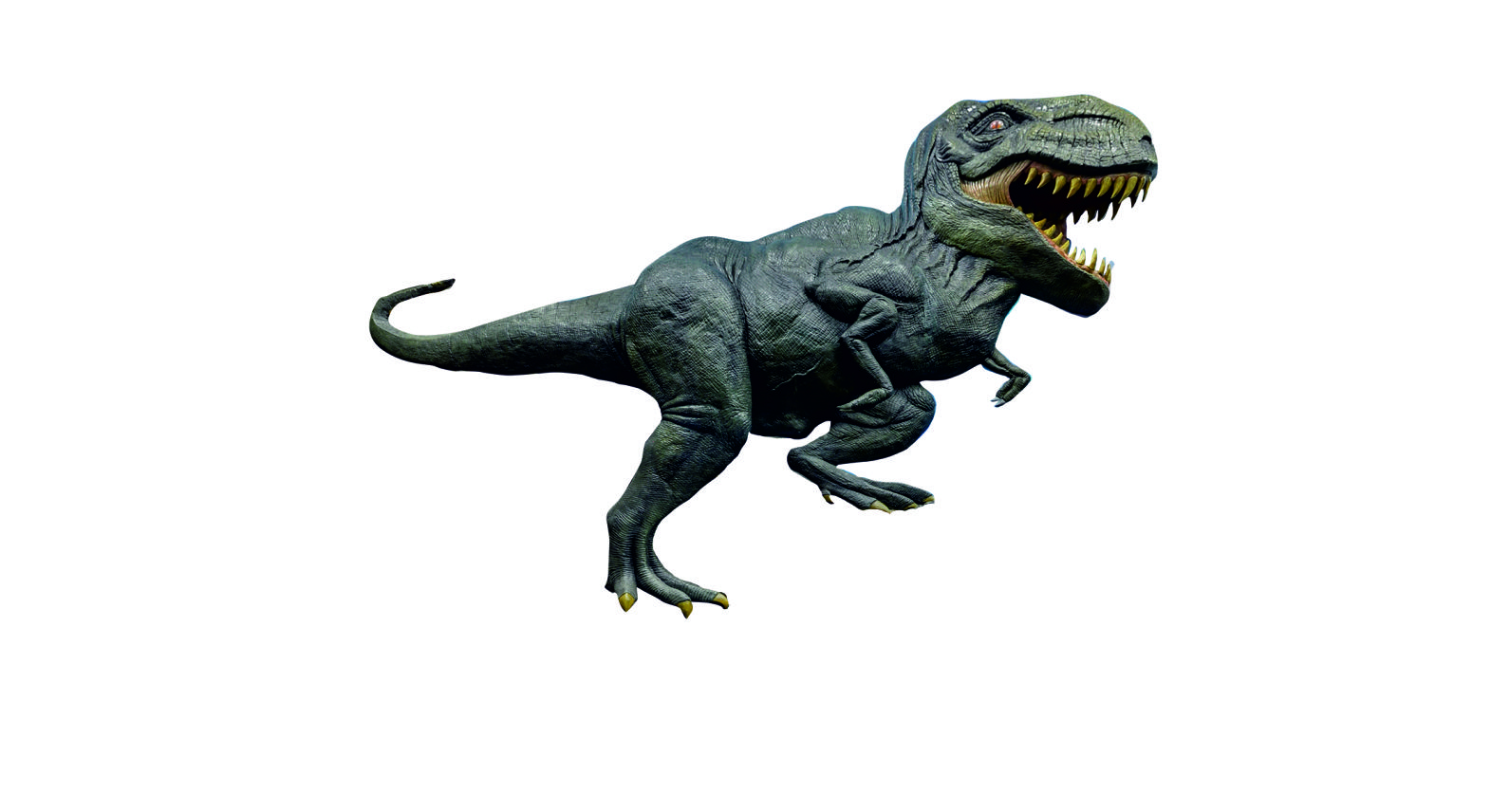Great auk
Pinguinus impennis The great auk was a large, flightless diving bird thought to have once numbered in the millions and distributed across the North Atlantic. It is extinct since 1844, having been heavily exploited for its eggs, meat, and feathers. Breeding colonies were found along the east coast of...


